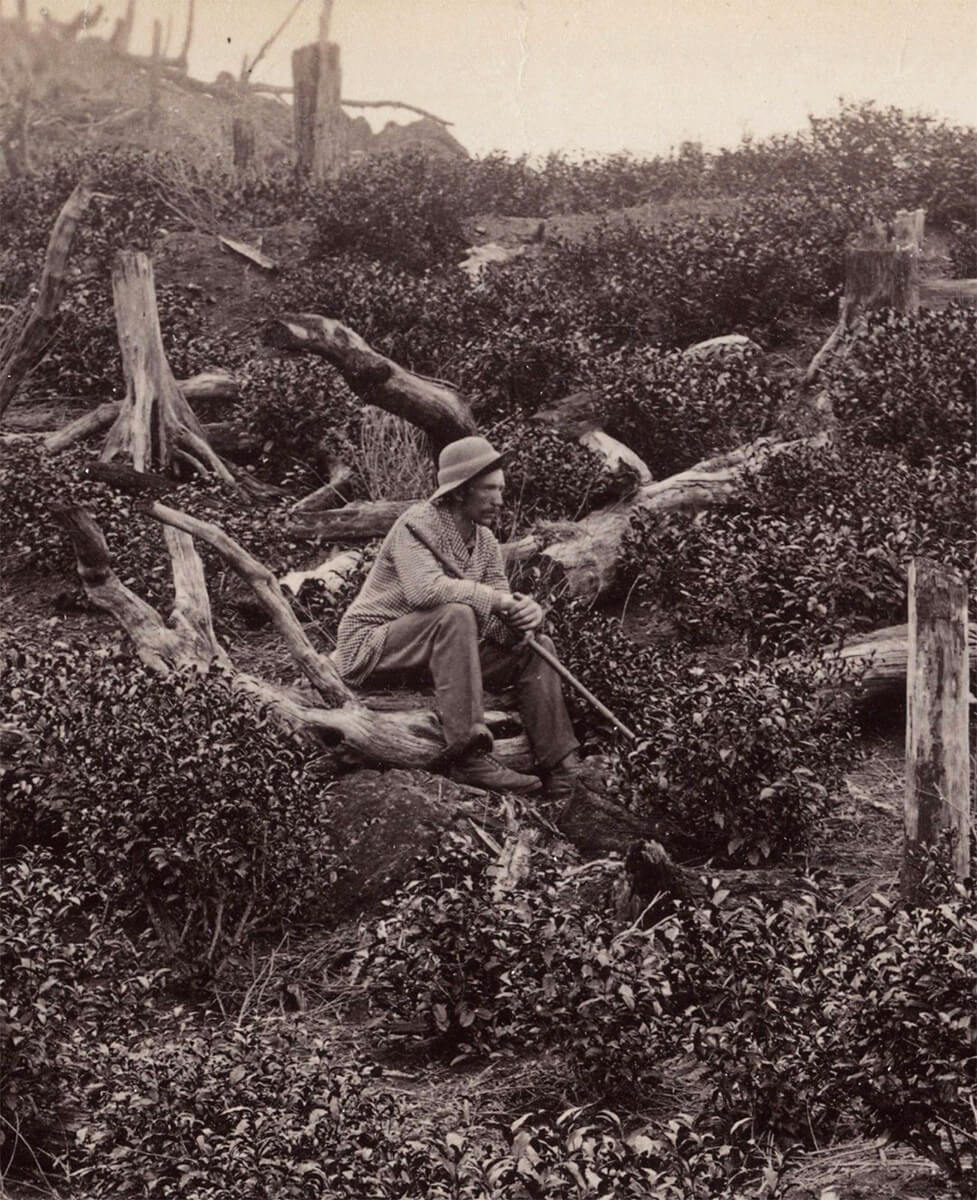Charles Thomas Scowen (11 March 1852 – 24 November 1948) was a British photographer during the nineteenth century. He was active as a photographer from 1871 to 1890, working in Sri Lanka and British India in the early 1870s. By 1876 Scowen had established a studio, Scowen & Co, in Kandy and by the 1890s, he had opened a second in Colombo. His work, which included landscapes and portraits of Malay women, is noted for its lighting, technically superior printing, and strong compositional qualities.
Scowen's photographs are represented in the collections of the
J. Paul Getty Museum, Yale University Art Gallery, the
Art Institute of Chicago, the
Metropolitan Museum of Art, and the
Museum of Fine Arts, Boston.
Charles Scowen became a tea planter before retiring and returning to England around the turn of the century. He died in Sudbury, Suffolk, aged 96.
Source: Wikipedia
Described as the Pearl of the Indian Ocean, the island Ceylon was conquered by the English in 1796 and for many years was at the center of the spice and trade routes. Rich in ivory, cinnamon, coffee, tea, gems, and pearls the island became increasingly accessible during the nineteenth century. Its exotic scenery was well documented by commercial photographers throughout the nineteenth century.
One of the most accomplished and successful photographic firms working in Ceylon was Charles T. Scowen and Co. Scowen and his team produced records for the tourist market, as well as for commerce and industry. These documents included images of plantation economies, railroad, native people, architectural city views, and ancient ruins. The photographs are of superior quality, representing the rich beauty and detail found only in an albumen print.
Source: Joseph Bellows Gallery
